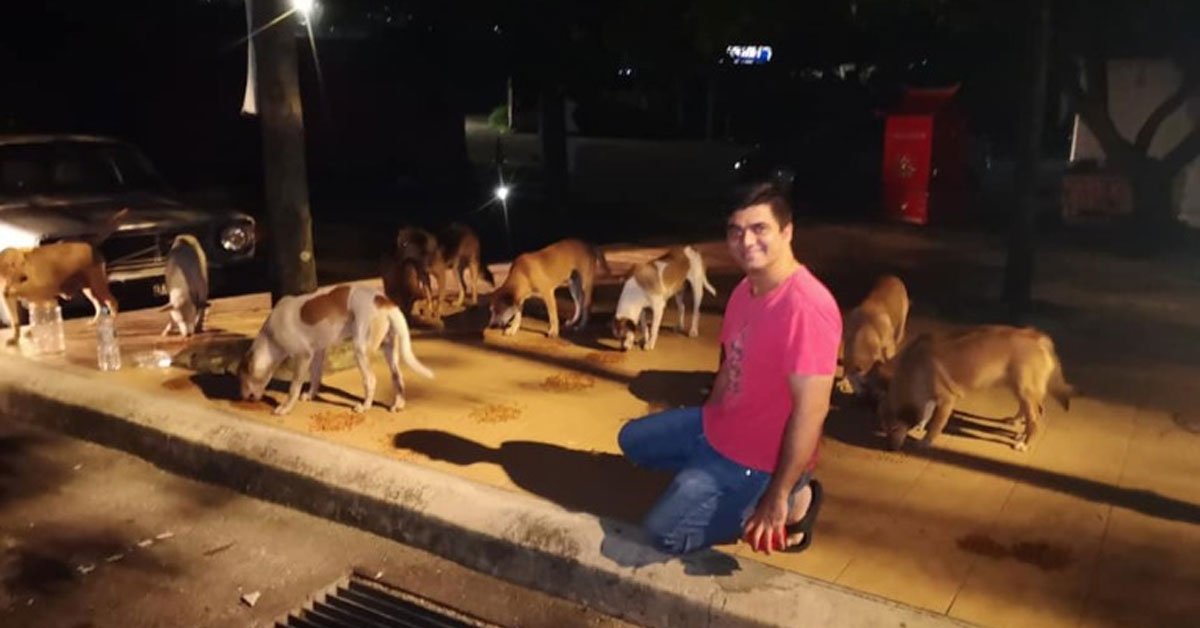I’m not sure about you, but whenever there were any new announcements about the Tan Tock Seng Hospital cluster, it raised more questions than answers.
Firstly, isn’t a hospital one of the safest places to be in, since staff members are trained to take the necessary precautions? They even have the best masks!
And secondly, why were only places visited by the TTSH cluster cases closed for two days, while the other places weren’t?
And why did a cluster grow so fast?
Today, we finally have our answers.
Mystery of TTSH Cluster Possibly Solved: It Was The Indian Variant
Unless you’ve slept through the whole of 2021, you’d know about the various coronavirus variants circulating in the world.
Virus often mutate and their mutation would lead to something known as “variant of concern”: a variant that could have repercussions in the pandemic.
One of them that’s being discussed often is the Indian variant: a strain that has not one but two variants of concern.
Also known as the “double mutant” virus, it turns out that it’s now in Singapore, and it might have just made you cancel your plans for this year’s Mother’s Day celebration.
In today’s press conference, it was revealed that five cases in the TTSH cluster have been found to have an Indian variant of the virus.
As of today, there are 40 cases in the cluster.
In addition, there are two more people with the new variant, both of which has caused clusters: the ICA officer and the cleaner at the community care facility.
According to MOH’s director of medical services, Prof Kenneth Mak, the TTSH cluster is “due to a viral variant, but the vaccine appears to have done relatively well against it.”
It would have been worse if there has been no vaccination.
“The new variant strains have higher attack rates, they are more infectious, they are causing larger clusters than before,” Lawrence Wong has said. “Due to the new variants, (the cases) are more infectious and larger clusters are forming.
“As compared to say, months ago when we did have unlinked cases – but then you have one or two, and they would stop there, you wouldn’t have such big clusters – this doesn’t seem to be the case more recently with the ICA cluster, and the TTSH cluster.”
To know more about why a virus mutates to variants of concern, watch this video to the end:
Featured Image: kandl stock / Shutterstock.com



